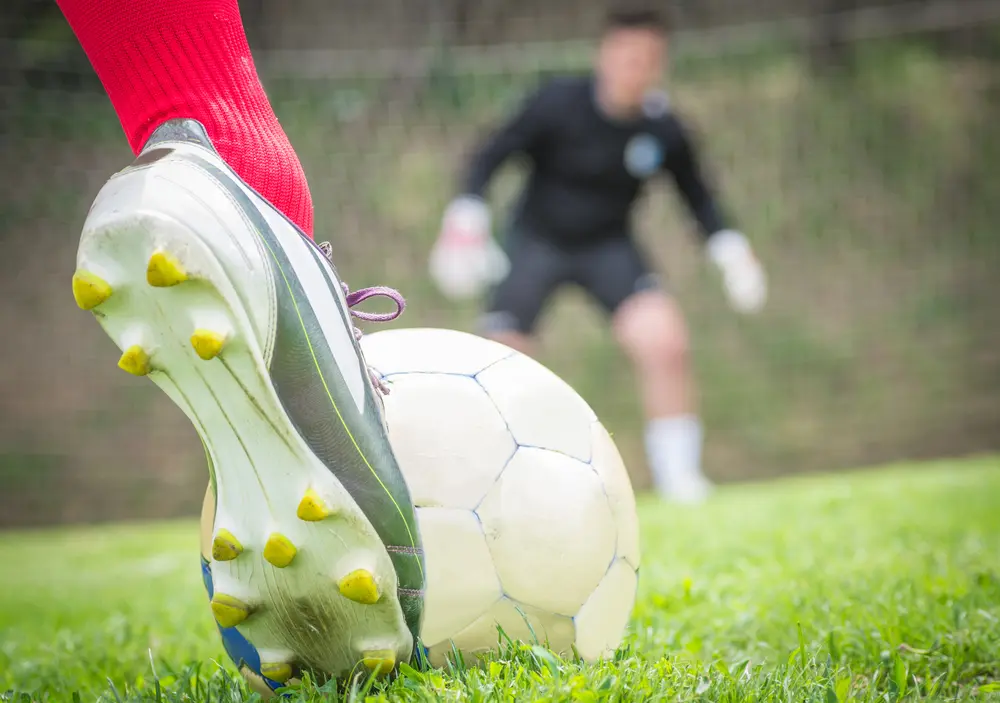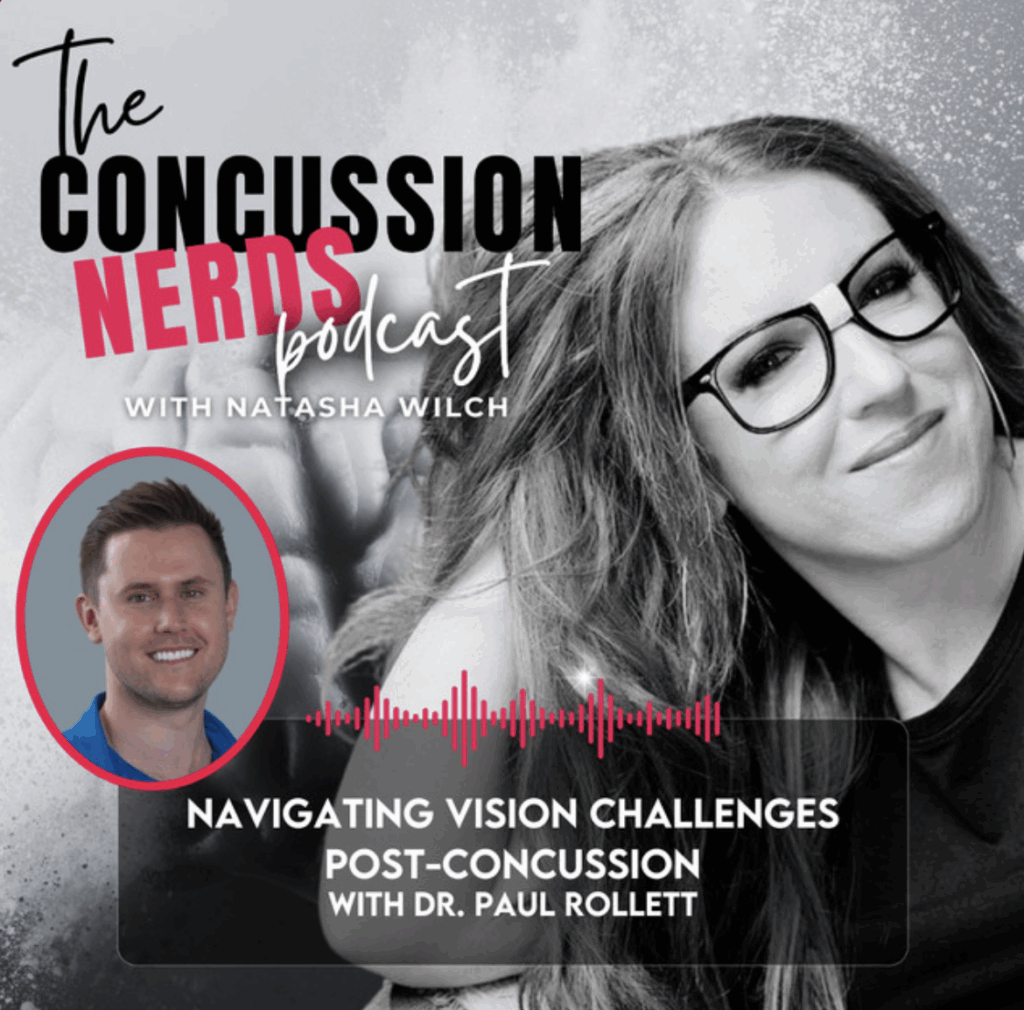I recall a time a few years back when a good friend and personal trainer mentioned to me that if you want to work a particular muscle group or system in the body you have to focus your mind on that area while performing an activity. This mindful attention to the specific area you are working on is what allows you to achieve the most effective gains. Now, this may seem intuitive for many of the systems in our body, but it might surprise you to learn that training your vision is no different – mindful attention to HOW you are using visual cues, peripheral information and spatial judgments is the basis for building an effective Sports Vision Training program.
Before moving on, it’s important that I make a key differentiation between clarity and additional aspects of visual skill. Proper optical correction via glasses, contact lenses or corrective surgery is of course imperative to success – but not typically what we are aiming to improve in Sports Vision Training sessions. In other words, your “prescription” is not being changed by the work that we do, but instead your ability to use visual cues to direct action. For the majority of athletes, it is the integration of visual cues with proprioceptive (touch) and auditory stimuli that allows them to be most effective in their given role. While repetition and practice of the actual sport is at the core of any training regimen, focused attention on the visual skills that drive motion and anticipation are also fundamental to maximizing success.
Given the pace of athletics today, it’s absolutely imperative to ensure that reliable visual information is coming in at all times and in all positions of gaze. Some of the most important areas of visual function that we assess are dynamic visual acuity (clarity of moving objects), depth perception, accommodative facility (flexibility of focus) and vergence facility (flexibility of eye-teaming). When transitioning focus from a distant object to a point closer to the body there is a cascade of muscular actions that are occurring in and around your eyes. These actions make up the basis of one’s dynamic and functional visual skill set and have immense implications in any sport. Peripheral awareness and visualization skills are additional areas of major importance in nearly any sport. When dealing with stressful situations (which are common in sports!) our functional visual field tends to compress and our visualization skills are suspended so that we have heightened attention to the object immediately in front of us. While this may be of benefit in a true “fight or flight” situation, it is not typically beneficial in sports. Making a last-minute free throw, stopping a penalty shot or sinking a putt late in the round all rely upon making effective use of peripheral visual cues around us and visualizing desirable outcomes – which are exactly the skills that Sports Vision Training aims to improve.
It may surprise you to learn that batting percentage, free throw percentage, goals against average and many other measures of athletic performance can all be improved by drawing one’s attention to the basic visual skills that are utilized in the performance of a given sport. These visual skills provide the foundation for success in sports and are trainable. Training can be customized and sport-specific – a goaltender may need to improve reaction time, whereas a golfer may need to work on their depth perception for example. We often think of these skills as being inherent, intangible and not adept to change. Many aspects of visual function however are very much learned skills and building on your functionality in these areas can have an immensely positive impact on your performance on the field, the court, the ice or the links.
Until next month,
Paul Rollett, OD
Pertinent Links:
http://www.covd.org/?page=Sports
http://well.blogs.nytimes.com/2014/05/26/eye-practice-for-the-big-game/?_r=0
https://www.nhl.com/news/unmasked-vision-training-a-new-tool-for-goaltenders/c-790786




